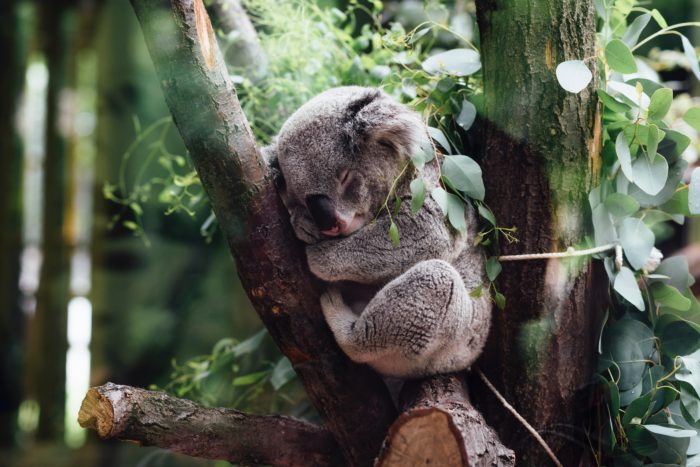 Bushfires are still raging through Australia, affecting countless lives. It has been reported that over 20% of the Blue Mountains world heritage area has been burnt. Three weeks ago, BBC reported four deaths and over 300 homes that have been destroyed or damaged in New South Wales.
Bushfires are still raging through Australia, affecting countless lives. It has been reported that over 20% of the Blue Mountains world heritage area has been burnt. Three weeks ago, BBC reported four deaths and over 300 homes that have been destroyed or damaged in New South Wales.
Before the bushfires even started, the Australian Environment Ministry listed koalas as a “vulnerable” species. The International Union for Conservation of Nature has defined seven levels for the state of each animal species. The levels are: least concern, near threatened, vulnerable, endangered, critically endangered, extinct in wild, and extinct. A species is considered vulnerable if the population decreased by 50% over three generations.
The koala population today is estimated to be under 100,000 individuals. This is devastating when we recall that in the 80s and 90s, an estimated 3 million koalas were shot for their fur. Since then, the population has continued to decline due to deforestation of their habitats, bushfires, and a decrease in nutritional content of eucalyptus trees due to climate change. Stuart Blanch, Australian Forest and Woodland Conservation Policy Manager at WWF Sydney, believes that the species will be “functionally extinct” in 50 years. When a species is functionally extinct, it means that the surviving members are not healthy enough to be able to sustain the population.
Australia suffers bushfires every year. Fires usually happen anytime from December through February, the summer months in Australia. Bushfires start due to a number of reasons including lightning, agricultural clearing, fallen power lines, and accidental ignition. This year, however, fires have started much earlier, with some igniting as early as September. Many point to climate change, causing hotter and drier conditions that led to the earlier and more intense bushfires. The bushfires have killed an estimated 1,000 koalas, with some dying directly due to the fires and others due to wounds and dehydration.
https://www.instagram.com/p/B5KRYwlnwEj/
Port Macquarie Koala Hospital, a hospital in New South Wales, has been bearing the brunt of the rescue efforts for the sweet marsupials. According to a press release published by the Hospital just last week, 3,000 hectares of bushland have been devastated by fires within Lake Innes Nature Reserve. Over 600 koalas lived in a colony at Lake Innes that supports the population with bountiful eucalyptus trees, their primary source of nutrition. Eucalyptus trees are covered in oil glands that spurred on the fire once it reached them. Two-thirds of the area affected by the fires is regarded as koala habitat. Bob Sharpham of the Port Macquarie Hospital stated, “This area is vital to the genetic diversity and strength of the local koala population, providing an important sanctuary from human development and threats from cars, dogs, and people in general.”
Once the injured koalas are brought to the Hospital, experts dress their wounds and place them in a quiet enclosure with lots of shade, eucalyptus leaves, and water. Although koalas usually do not drink water, but rather hydrate through the leaves they eat, they do drink water when they are sick or injured. A lot of the koalas that were taken to the Port Macquarie Koala Hospital are on the road to recovery. However, as the fires still burn, the workers and volunteers are continuing to try and rescue other affected koalas. If you’d like to support the Hospital, you can donate via their GoFundMe fundraiser here. It’s so crucial amidst all of the fires that have been raging throughout the world this year to do our part and make the small changes in all of our lives to prevent the destruction of our planet and the various animals that also call it home.
Also by Iga: NASA Announces Our Ozone Hole Is Smallest Ever Recorded—Thanks To Climate Change
Is Biogas (From Compost) The Key To Circular Economy?
Get more like this—Sign up for our daily inspirational newsletter for exclusive content!
__
Photo: Jordan Whitt via Unsplash




